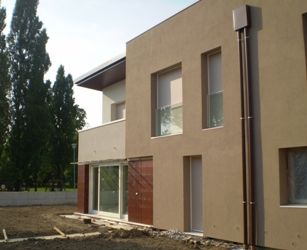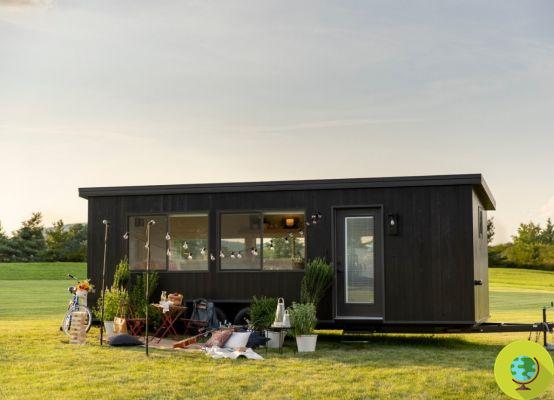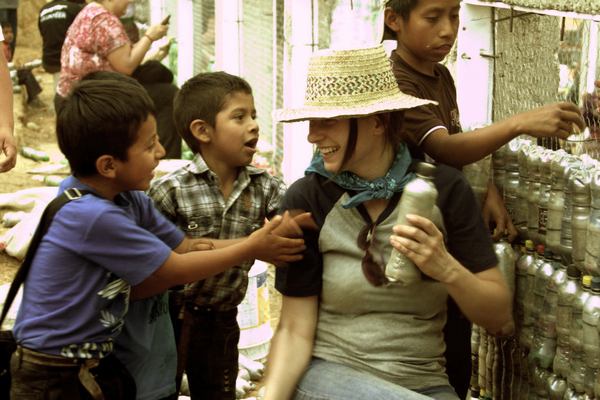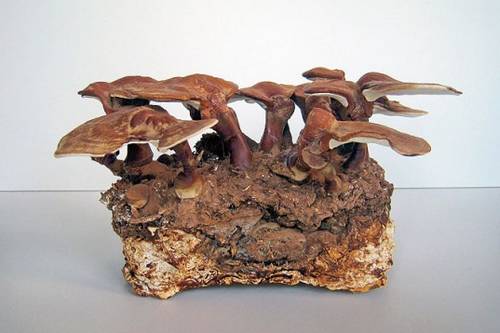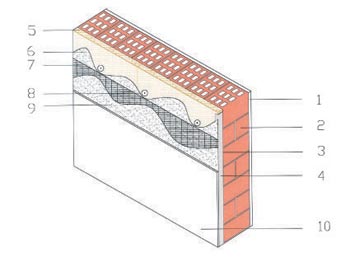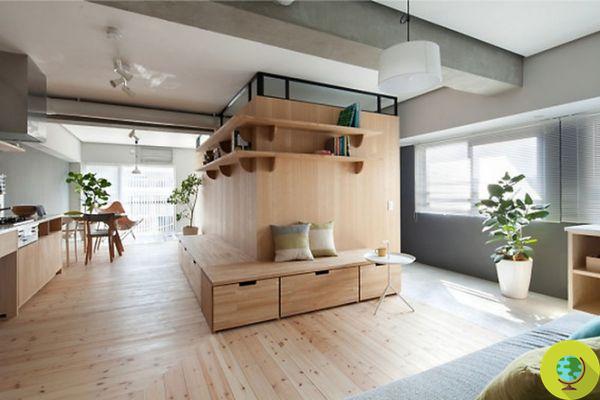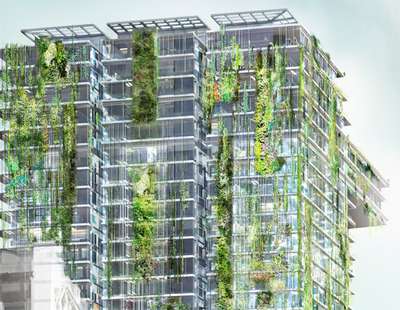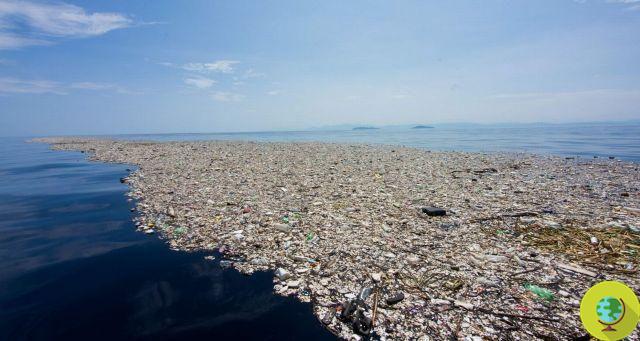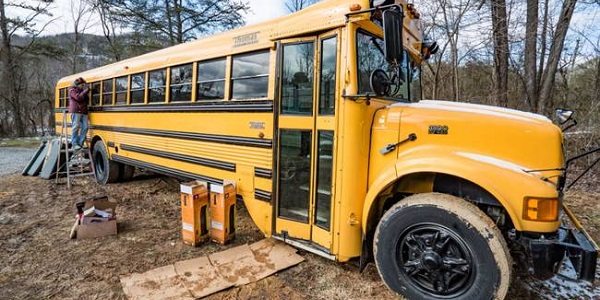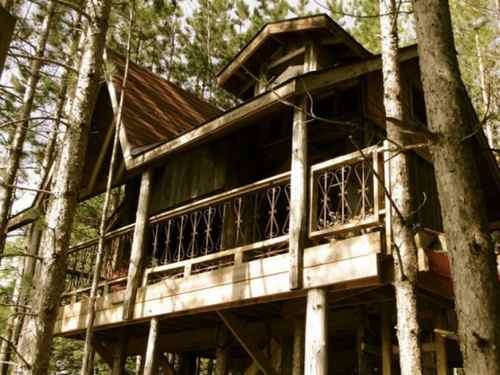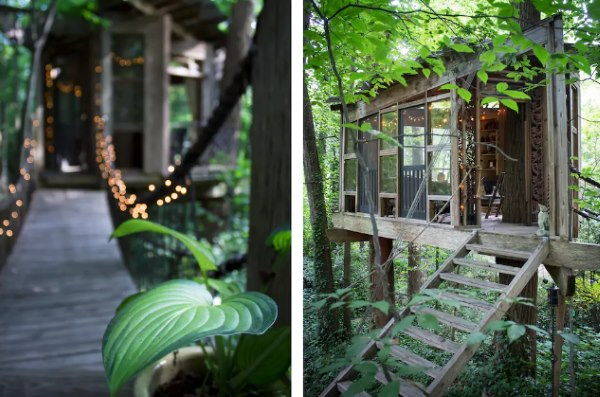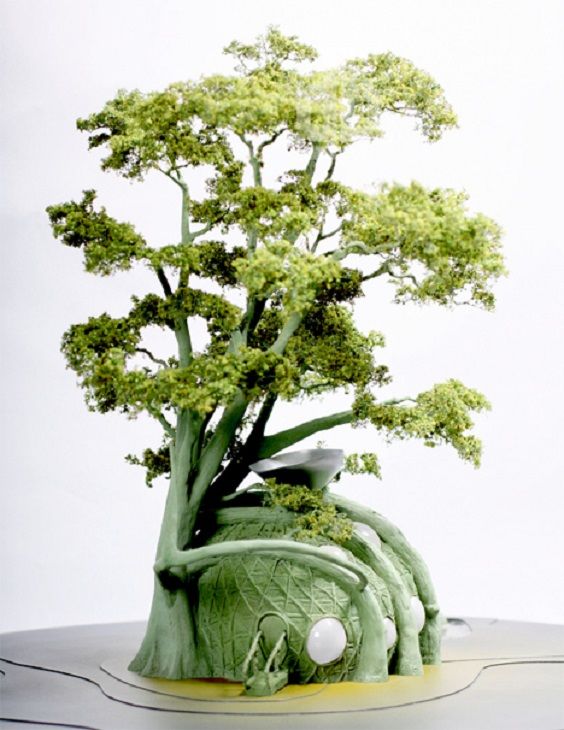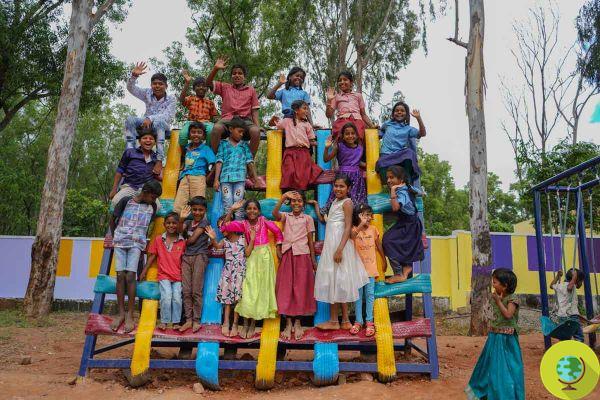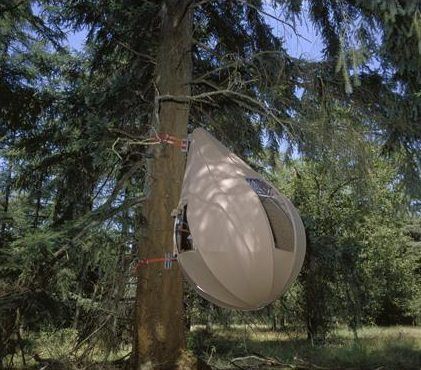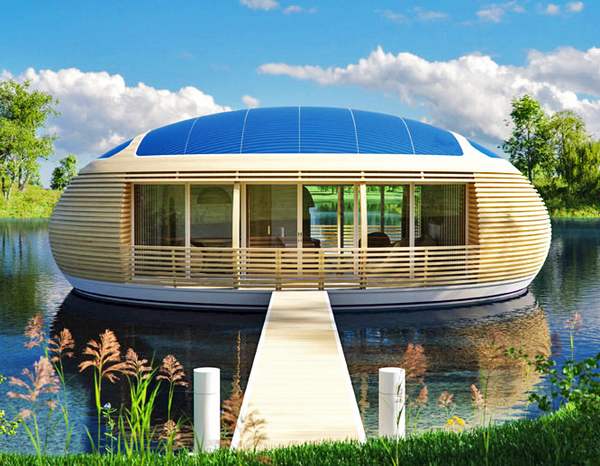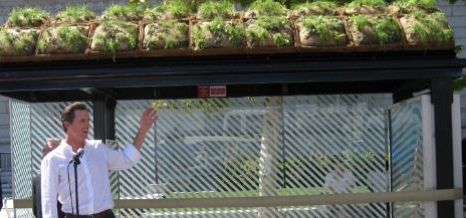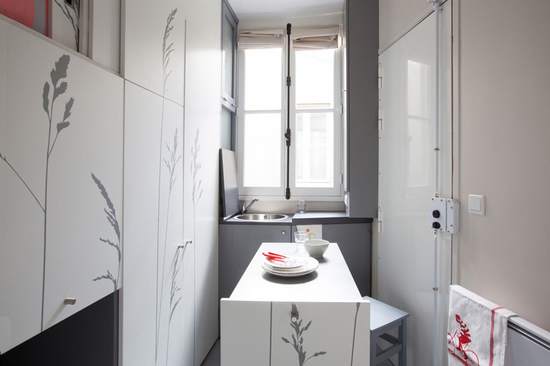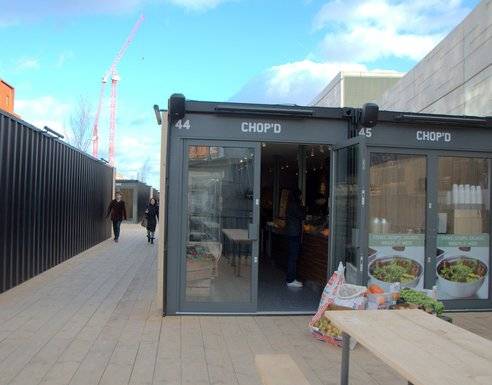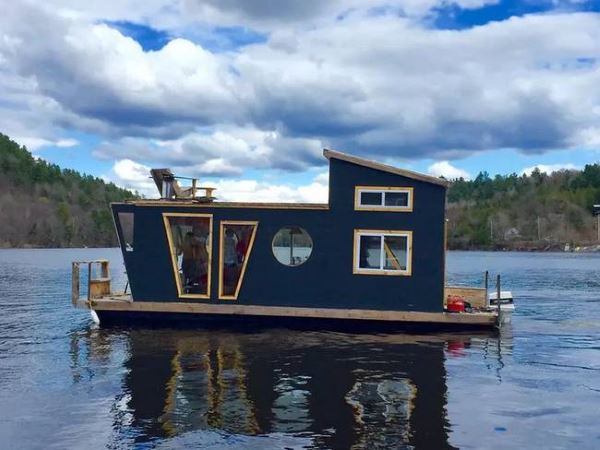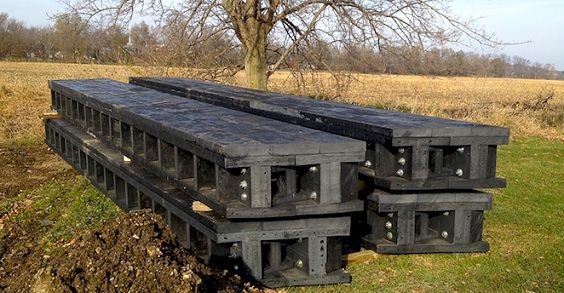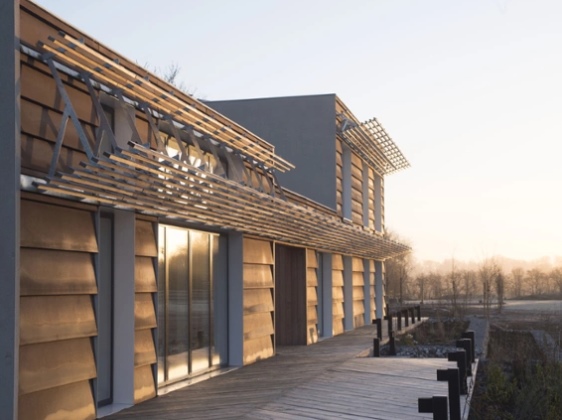The W-lab studio has designed self-sufficient homes for living in extreme post-climate change situations.
Thinking about how people could survive in a possible post-climate change scenario characterized by natural calamities and disasters, W-lab designed self-sufficient homes to live in extreme situations.
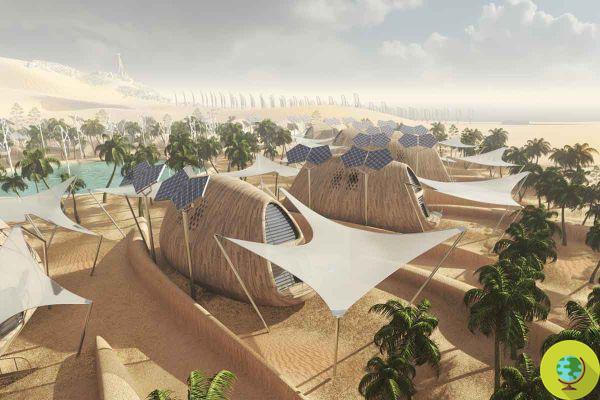
Bio-cabin proposed by the W-LAB studio
In a borderline scenario, in which high temperatures and natural disasters will reign, in order to survive, the human being will have to adapt to the new conditions, also rethinking where and how to live with the minimum resources available. Faced with these possible scenarios, the architects of W-LAB have developed a proposal for the perfect habitat in a post-climate change future.
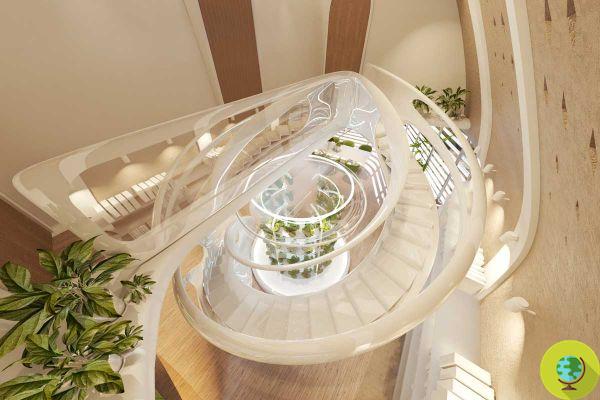
Considering that many houses of the future will have to be installed in deserts, where extreme climates will prevail, the project brings together existing technologies and current bio-construction and bio-architecture solutions to model a futuristic, low-impact, resource-producing home.
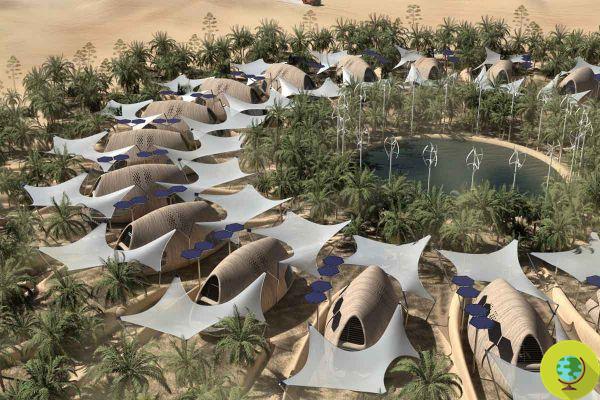
©W-LAB
In fact, the "bio-cabins" proposed by W-LAB are built with sustainable materials, are technologically hyper-connected and contain spaces that can be adapted to the needs of those who will live in them. They also allow you to self-produce your own food, work from home, play sports and at the same time recycle gray water, produce energy and have their own drinking water collection systems that use mist and sea water. .
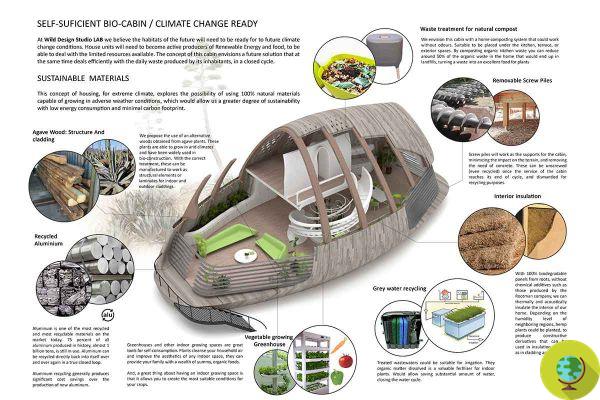
©W-LAB
Carlos Bausa Martinez and Dirce Medina, founding architects of the London-based firm, promote life in small and resilient communities. To adapt to post-climate change conditions, future settlements will need to be smaller, transportable, not overcrowded, sustainable and self-sufficient, in order to offer healthier and higher quality living conditions to their inhabitants.
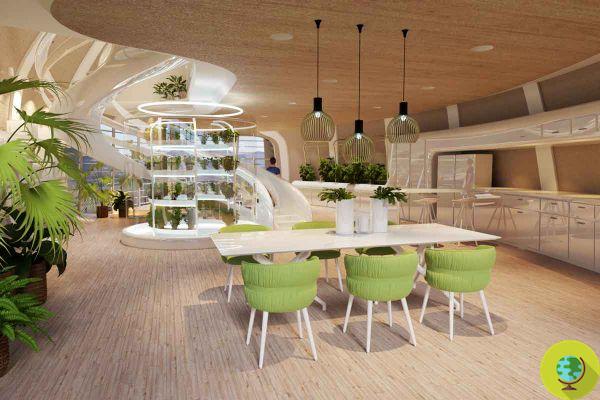
©W-LAB
The "bio-cabins" must be distributed radially, so as to delimit a central protected space to be used for collective outdoor activities. The presence of vegetation, shading elements and walls on the external perimeter would help protect the houses from strong winds and solar radiation.
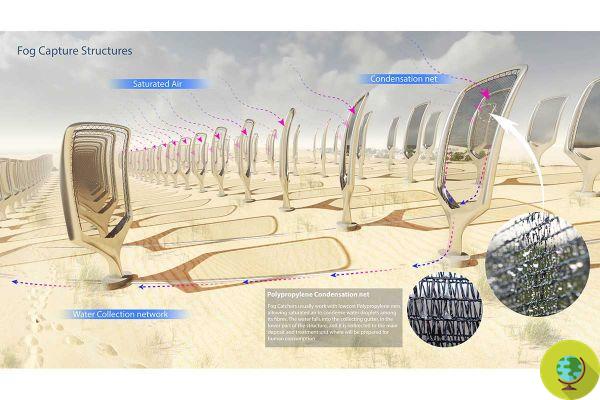
©W-LAB
The settlement would be surrounded by an artificial oasis, fed with water from a solar desalination plant and a system of fog collectors, which would help improve outdoor comfort and lower the temperature in the vicinity of the settlement.
As architects we must think of alternatives that will allow us to improve our quality of life, in possible scenarios where the climatic conditions will be extreme and basic natural resources, even more scarce than today ”, Bausa Martinez points out.
View this post on Instagram
A post shared by W-LAB (@wlab_studio)
The W-LAB studio, through a campaign on Kickstarter, is raising funds to build the first fully functional prefabricated cabin prototype, a sustainable architectural solution that takes care of the environment and helps fight climate change. You too can support this project here.
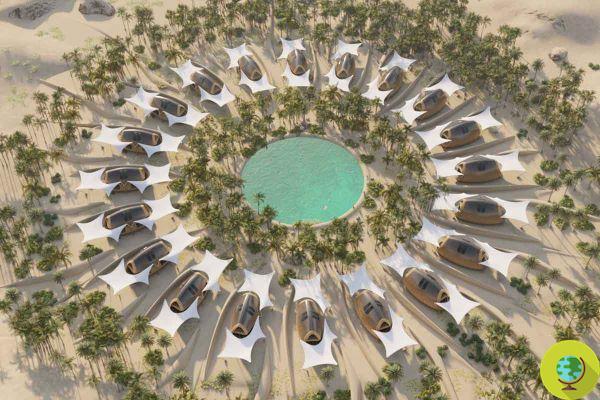
©W-LAB
With the current rate of greenhouse gas emissions saturating our atmosphere, we need to prepare for a global rise in temperatures. Without a doubt, we cannot continue to design cities and build buildings as if nothing is happening. The W-LAB proposal stems from the need to provide solutions to the various crises that our planet will probably go through, some of which are already needed now. What do you think about it?
READ also:
- The world's first 3D printed school is about to be built in Madagascar
- They look like wood, but these panels are made with the scraps of rice husks (and "save" the trees)
- The incredible windows and photovoltaic walls, made with food waste, which are inspired by the Northern Lights
- The innovative therapeutic center for the disabled built with ancient techniques in mud and bamboo
- This resilient park “welcomes” floods instead of fighting them with concrete barriers




